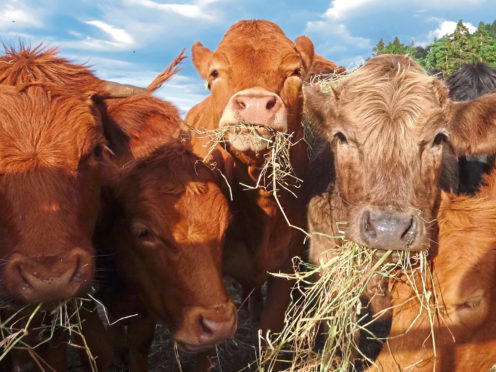A new-generation vaccine for foot and mouth disease (FMD) could transform the handling of any future outbreak and reduce the lockdown in the countryside by months.
Scientists at the Moredun Research Institute, together with colleagues in the United States and South Africa, have developed a novel vaccine platform which would allow the product to be ready for distribution and use in six weeks rather than the current six months.
The current policy of both the UK and US governments is to ring-vaccinate any positive premises. However if the strain of the disease is not already in the vaccine “bank” it can take months of work to produce one that will be effective.
Dr Bill Golde, who is leading the team at the Moredun, said: “A new-generation vaccine platform has two advantages.
“We can change the strain being delivered within two weeks of that strain being identified in the target region – a process which can take just an afternoon – then we can get the new vaccine into manufacture within two to three weeks.”
The KilVirus vaccine being used around the world today was developed 75 to 80 years ago and still sells two billion doses a year. However it is ineffective in areas like east Africa where six or seven circulating strains are not included in the vaccine, and many farmers refuse to buy the product because they know it doesn’t work. The other problem with the current vaccine is production involves growing tens of billions or trillions of infectious viral particles in bioreactors which are then killed with a chemical treatment.
“Every now and then the killing doesn’t work and you have biosafety issues with effluent from the plant if it is not treated properly.
“The consequences can be devastating, which is what led to the outbreak at Pirbright in 2007,” said Dr Golde.
“If this new vaccine was spilled into the middle of a stockyard no animal would be infected.”










